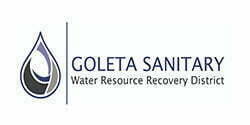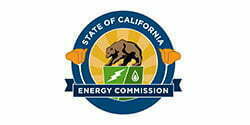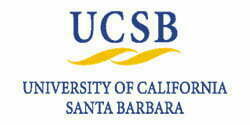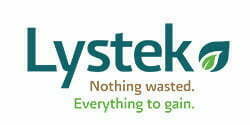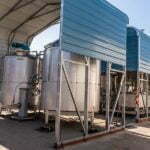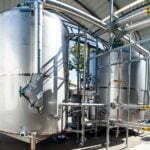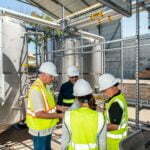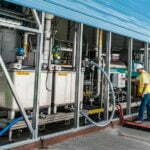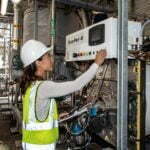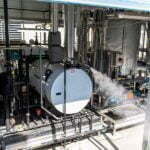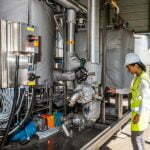Lystek Celebrates 25 Years of Innovation
Goleta, CA
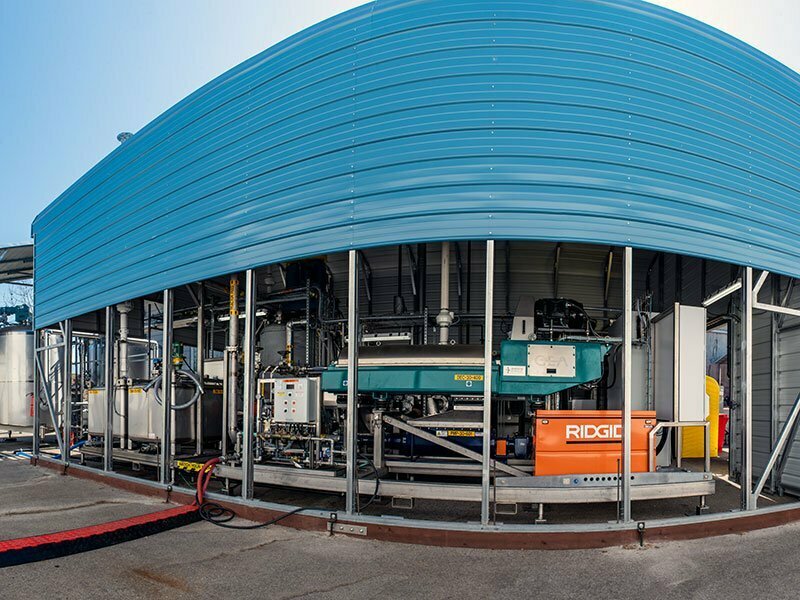
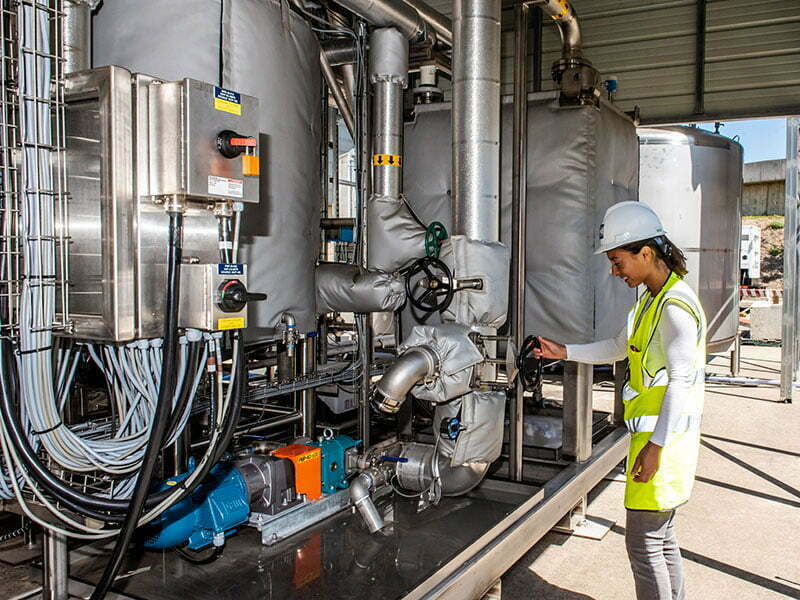
Project
Goleta / EPIC
Commissioned
2019
WWTP Rating
5 MGD (34,000 m3 / day)
Population Served
30,825 Lystek
THP Processing Footprint
430 ft2 (40 m2)
Feedstock
Anaerobically Digested
The Issue
Food and other organic material represents more than two-thirds of all landfilled waste annually in California (alone). An estimated six million tons of this is food waste. As it degrades in landfills, all of this material produces methane, a powerful greenhouse gas (GHG). In response to this growing problem, the State of California passed legislation to increase organics recycling by 50% over 2014 levels by 2020, creating an opportunity for innovative solutions with better uses for this organic waste to ease the burden on landfills and reduce GHG’s.
About This Project
Seeing an opportunity to contribute to the resolution of several challenges at once, Lystek International facilitated a partnership between the Goleta Sanitary District and the University of California, Santa Barbara with assistance from the California Energy Commission’s Electric Program Investment Charge (EPIC) program.
The Lystek-Goleta Digestion & Co-Generation project will demonstrate that it is possible and economically viable to divert waste from landfills, make better use of these organic materials and create valuable products – including green energy.
The Partners
The partners have collaborated on an innovative project to process biosolids from the Sanitary District and food waste from UCSB, with the intention of performing additional, pilot testing with other organic materials. This initiative will also demonstrate how proven technologies can be leveraged to optimize the performance of existing anaerobic digesters at wastewater treatment plants as an alternative to landfilling.
Proven Technologies – Working in Unison
This demonstration project will show how, when combined into a single process train, proven technologies can
work together to:
- Improve organic material processing – divert waste from landfill
- Optimize digester performance to reduce waste volumes and increase biogas generation for conversion to green energy
- Produce a Class A quality biofertilizer product
Benefits
Economy
A high-value end-product at low cost. The demonstration project will show that organic waste can be reliably and cost-effectively converted into a renewable fuel and a high-nutrient biofertilizer. Projects like this help to reduce the cost of climate change mitigation and support local economic
development through new jobs.
Environment
Healthier people, healthier landfills. Diversion of organic material saves space in landfills while reducing greenhouse gas emissions. Properly managed organics processing is also a healthy and sustainable solution to public health and environmental risks posed by landfilling.
Energy
Biogas generated can be converted into green energy. Full-scale projects leveraging proven technologies that result in successful demonstrations can help reduce our dependency on fossil fuels and support alternative approaches to recover resources and produce sustainable energy. [/pmc_box_icon]
Step 1: Organic waste depackaging
The Smicon SMIMO30 unit is a proven European technology for pre-processing source-separated organics into a high-quality feedstock for anaerobic digestion. It depackages and separates packaged food waste with 99% efficiency, preparing the organic food waste for digestion.

Step 2: Digestion
The small, agitated feed tank in this step is custom designed by Lystek. The digestion process also includes two 8m³ anaerobic digesters, and one digestate holding tank. The depackaged organic material is pumped to the digester feed tank, and the slowly fed to the anaerobic digesters. In the anaerobic digesters, biogas is produced and collected for conversion to energy. Digestate flows out of the digesters into the holding tank, where it is either discharged to the Goleta Sanitary District or held for further processing.

Refeeding of the Lystek-processed material into anaerobic digesters results in higher volatile solids breakdown, higher gas yields, and reduced biosolids volumes.
Step 3: Lystek Thermal Hydrolysis Process
The patented and proven Lystek THP® system leverages a combination of heat, alkali, and high shear mixing to achieve effective lysis (breakdown) of the biological material in biosolids and organic materials. The process hydrolyzes macromolecules into smaller molecules that are also amenable for further utilization as a carbon source and biodegradation in any biological media, such as soil, digesters or biological nutrient removal (BNR) systems.

This demonstration project will show how increased biogas generated during the digestion process can be converted into green energy. It also showcases how this unique technology can be utilized to stabilize the organic fraction and create a product that qualifies as a USEPA Class A quality biofertilizer product.
Contact
Lystek International
Toll-Free: +1 (888) 501-6508
Email: info@lystek.com
Grant Information
Grant Amount: $1,589,163
Co-funded Amount: $1,500,000
Project Location:
Goleta Sanitary District,
1 Moffett Pl, CA 93117, USA
